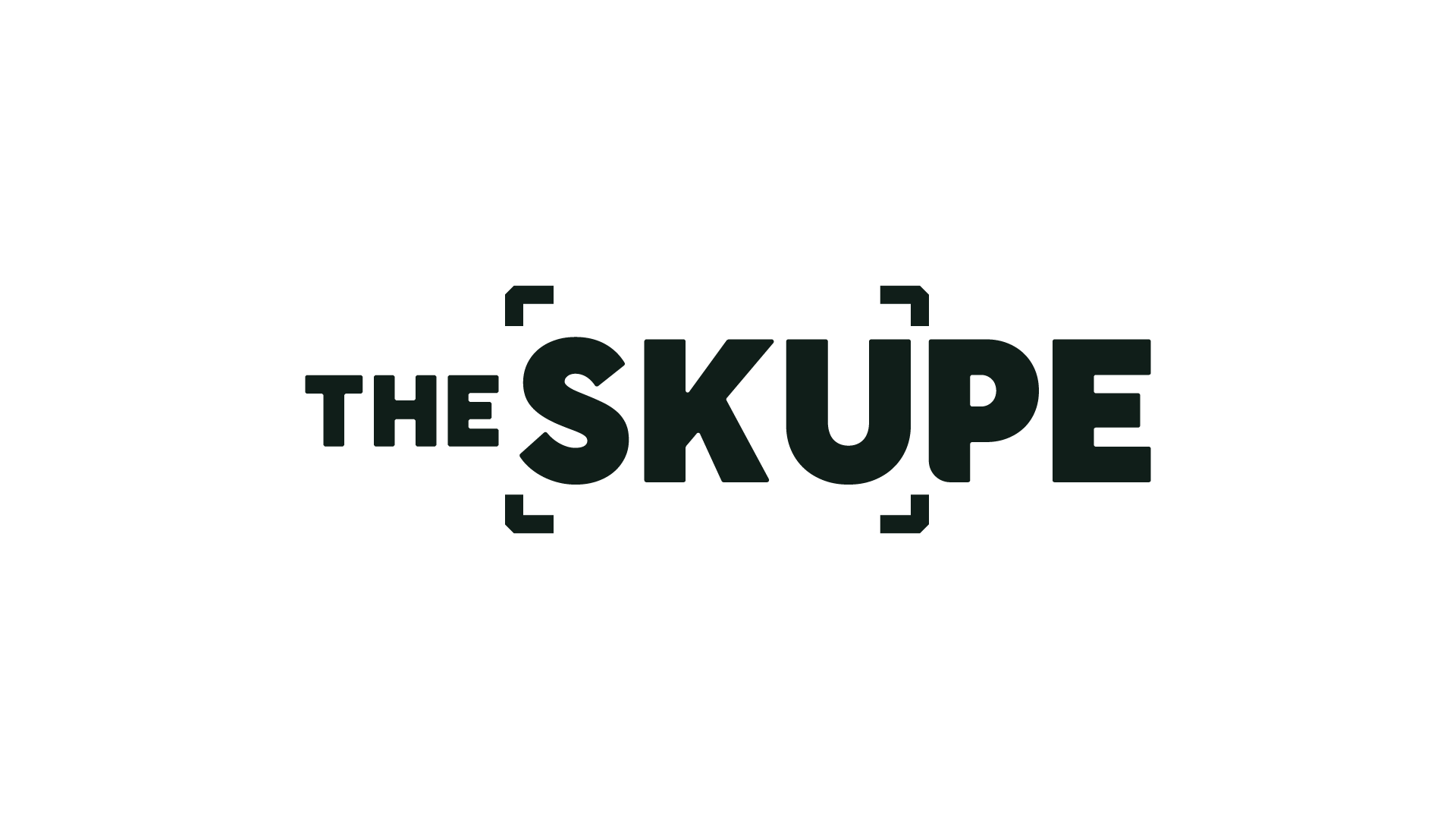Considering brick & mortar? Read this first.
E-comm maven Ali Blankley on the shift from online to in person


Sometimes minding the store isn’t all it’s cracked up to be. Veteran apparel designer Ali Blankley has owned successful e-commerce brands for over 20 years: high-end womenswear Hazel Brown and unisex sleepwear Domi, founded 12 years ago.
When she decided to venture into physical retail in 2018, she learned that operating a successful store is about more than merchandising and customer service. Ultimately, she realized that brick-and-mortar retail, as successful as it was, wasn’t a good fit for her personality.
Here, she shares how her use of the space evolved, why she would still encourage others to do it, and what would-be shop owners should ask themselves before signing on the dotted line.
—Interview by Marcy Medina, edited by Bianca Prieto
You’ve had a successful e-commerce business for 20 years. What made you decide to get a physical space in L.A.? Was the idea to do retail or an office/showroom?
When I came back to Los Angeles in 2018 after a spell in New York, the spaces downtown that I had formerly occupied had raised their rents significantly, and it no longer made sense. So I looked for a space in Los Feliz that I could open as a store and also operate as an e-commerce warehouse and sample-making room, primarily hoping the income from the front-of-house store space could cover the rent for everything.
How has your use of the space evolved since then?
I actually closed the store because retail is not a good fit for my personality. If I had a business partner who was a great manager and better at social stuff, I would do it again or not have closed at all. That being said, I wouldn't discourage anyone else from doing it. Financially, it was smart to have a retail presence and also be able to ship e-comm from the same rent–this model works.
We moved down the street at the tail end of the pandemic to another storefront that works better as an office, with the bonus that it’s across from the post office and next door to our storage space. Occasionally, we open and invite our customers to come down and try things on.
What did having a store teach you in terms of community building and how to attract customers?
Attracting customers was much easier than I thought it would be. It basically involved a giant sign and a good attitude. Make great windows, give stellar customer service, let people know you are open. Everyone wants connection and beauty.
What were the benefits and the challenges of operating a store?
Pros: the concept really worked and it paid the rent and offered a new channel of exposure for sales and PR opportunities. The downside was the extra cleaning and managing of people and things. If you like the social part of running a business and have great management skills, I wholeheartedly co-sign this plan. Just be sure you have a cleaning service because there is so much cleaning.
What should a retailer be aware of or what questions should they ask themselves before committing to a physical space?
Do you have the energy to take on more? E-comm is (comparatively) easy, whereas a store is a lot of work. However, when they operate in tandem, they can be a great support to each other.

Thanks for reading this week's edition!
You can reach the newsletter team at theskupe@mynewsletter.co. We enjoy hearing from you.
Interested in advertising? Email us at newslettersales@mvfglobal.com
The SKUpe is curated and written by Marcy Medina and edited by Bianca Prieto.


Comments ()